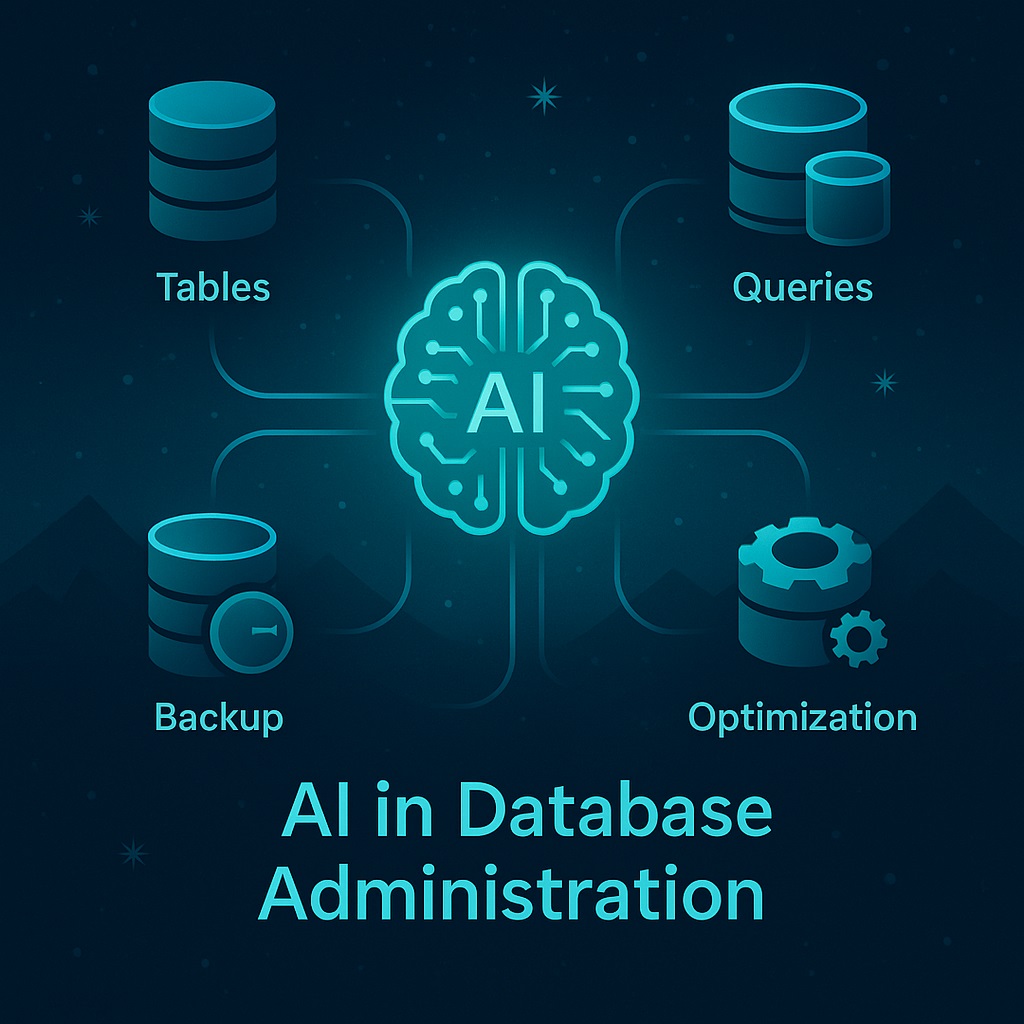Are you planning to implement an Enterprise Resource Planning (ERP) system for your business? You must be excited about the benefits that come with it, such as streamlining processes, increasing efficiency and productivity, and improving decision-making. However, ERP implementation can be a daunting project if not planned properly. In this blog post, we will share some top tips for starting ERP implementation that will help you avoid common pitfalls and ensure success in your journey towards digital transformation. From selecting the right ERP software to involving key stakeholders in the process, read on to discover how you can kickstart your ERP implementation with confidence!
Define your business goals
The first step in any ERP implementation is to Define your business goals. You need to have a clear understanding of what you hope to achieve with ERP before you can start the implementation process. Otherwise, you'll be flying blind and it's unlikely that you'll achieve your desired results.
There are a number of different ways to go about defining your business goals for an ERP implementation. The most important thing is to involve as many stakeholders as possible in the process. This will ensure that everyone is on the same page and that all voices are heard.
One popular method is to use the SMART goal setting framework. This stands for Specific, Measurable, Achievable, Realistic, and Time-bound. Using this framework, you can break down your overall goal into smaller, more manageable pieces.
Another important tip is to make sure that your goals are aligned with your company's strategy. All too often, ERP implementations fail because the goals are not properly aligned with the company's strategy. By aligning your goals with the company's strategy, you increase the chances of success significantly.
Once you have defined your business goals, it's time to start planning for the actual implementation. This is where things can get really tricky so it's important to have a solid plan in place before you begin. Stay tuned for our next blog post where we'll share some tips on how to create a successful ERP implementation plan.
Research your options
When it comes to enterprise resource planning (ERP) systems, there’s no one-size-fits-all solution. The best ERP system for your business will depend on a number of factors, including the size and nature of your business, your budget, and your specific needs and requirements.
With that in mind, it’s important to do your research before you commit to any one ERP system. Here are a few things to keep in mind as you research your options:
1. Define your needs. What problems are you hoping to solve with an ERP system? What specific features and functionality are you looking for? Taking the time to clearly define your needs will help you narrow down your options and find the right fit for your business.
2. Consider your budget. ERP systems can vary widely in price, so it’s important to have a realistic budget in mind before you start shopping around. Keep in mind that cheaper isn’t always better – sometimes it makes sense to invest more upfront in order to get a system that better meets your needs and will be more scalable as your business grows.
3. Get recommendations. Talk to other businesses in similar industries or of similar sizes as yours and see what ERP systems they use and why they chose them. You can also check out online reviews from third-party sources like G2 Crowd or Capterra.
4. Request demos or free Trial
When researching for an ERP system for your business, be sure to request demos or free trials from potential vendors. This will allow you to get a feel for how the system works and see if it is a good fit for your needs. Be sure to take advantage of any training or support that is offered with the system as well.
5. Go to Internet
When you are searching for new ERP software for your business, it is important to go to the internet and research your options. There are many different software programs available, and you need to find one that will fit your specific business needs. By going online and searching for new ERP software, you will be able to find a program that will work well for your company. Make sure to read reviews and compare prices before making your final decision.
Create a project plan
Assuming you've already selected your ERP software, it's time to create a project plan. This will be a living document that should be updated as the project progresses. Here are some tips for creating a successful project plan:
1. Define the scope of the project. What are the goals of the project? What are the deliverables? What are the milestones?
2. Create a timeline for the project. When do you expect to complete each phase of the project? Make sure to build in some contingency time in case there are delays.
3. Identify who will be responsible for each task. This will help ensure that tasks are completed on time and that everyone knows their role in the project.
4. Create a budget for the project. This will help you track costs and ensure that you stay within your budget.
5. Communicate the plan to all stakeholders. Make sure everyone understands what is expected of them and when tasks need to be completed.
Assemble your team
When you’re ready to move forward with an ERP implementation, it’s important to assemble the right team. This team will be responsible for ensuring that the project stays on track and that everyone is using the system correctly. Here are a few tips for assembling your ERP team:
1. Choose a project manager who has experience with ERP implementations. This person will be responsible for overseeing the entire project and keeping everyone on track.
2. Select individuals from different departments to be a part of the team. This will ensure that there is buy-in from all areas of the company and that everyone understands how the system works.
3. Make sure to include IT in the decision-making process. They will need to be involved in order to ensure that the system is properly set up and integrated with other systems within the company.
4. Once you have your team assembled, provide them with training on how to use the system. This will help them hit the ground running when it comes time to start using the new software.
Train your employees
When you're ready to start training your employees on your new ERP system, there are a few things to keep in mind. First, make sure you have a clear and concise training plan. This will help ensure that everyone is on the same page and knows what they need to do.
Next, consider using a mix of methods to train your team. Some may prefer hands-on learning, while others may want to watch video tutorials. Find what works best for each person and stick with it.
Finally, don't forget to give employees plenty of time to practice before going live with the new system. This will help them feel more comfortable and confident when using it for real-world tasks.
Go live
Assuming you've already selected your ERP software, the first step is to go live with the system. Here are a few tips to make sure your implementation goes smoothly:
1. Define your project scope and objectives. What do you want to achieve with your ERP implementation? Be as specific as possible so that you can measure success later on.
2. Assemble a project team of internal and external resources. Make sure everyone understands their roles and responsibilities.
3. Develop a detailed project plan. This should include milestones, timelines, and deliverables.
4. Manage data conversion carefully. This is often one of the most challenging aspects of an ERP implementation. Work with your vendor to ensure that all data is transferred accurately and completely.
5. Test, test, test! Before going live, make sure you thoroughly test the system in all relevant scenarios. This will help avoid any major issues once you switch over to using the ERP software for day-to-day operations.
Monitor and adjust
As your ERP implementation progresses, it is important to monitor how it is going and make adjustments as necessary. Here are some tips for doing this:
1. Make sure you have a dedicated team in place to monitor the implementation. This team should have a good understanding of the business process that the ERP system is being implemented to support.
2. establish key performance indicators (KPIs) that will help you track progress and identify areas where adjustments need to be made.
3. Set up regular review meetings with your implementation team to discuss progress and identify any issues that need to be addressed.
4. Be prepared to make changes to the way things are being done if it becomes clear that the current approach is not working well. Sometimes even small changes can make a big difference in the overall success of an implementation.
Conclusion
In conclusion, ERP implementation can be a challenging and complex process. However, with the right preparation, knowledge and guidance it can be accomplished successfully. We have outlined some of our top tips for ensuring that your ERP implementation is successful including selecting the right vendor/product, carrying out detailed planning and testing as well as investing in professional training. By following these tips you will ensure that your ERP implementation project goes smoothly from start to finish.


